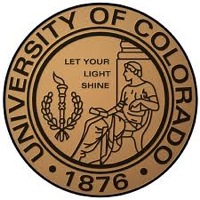Below is a summary of the abstract you submitted. Presenting author(s) is shown in bold.
If any changes need to be made, you can modify the abstract or change the authors.
You can also download a .docx version of this abstract.
If there are any problems, please email Dan at dar78@pitt.edu and he'll take care of them!
This abstract was last modified on March 31, 2025 at 6:20 p.m..

Bacteriophage (or Phage) are viruses that specifically infect bacteria. At the University of Colorado-Boulder we characterized a novel temperate bacteriophage, Reesesthecat, that infects the soil bacteria Mycobacterium smegmatis. The phage was isolated from soil under a bush on the CU Boulder campus. The plaque size of our phage was 5mm in diameter while the lytic center measured 2mm in diameter. The phage had a siphovirus morphotype and based on the tail length of the phage (305-330nm) and the multiple Cla1 restriction pattern we propose that it belongs to Cluster B.
Temperate phage, upon infecting the host bacteria, can enter the lytic or lysogenic life cycle. The lytic life cycle kills all infected cells releasing mature phage into the environment. In the lysogenic life cycle, phage integrate their genome into the host genome and become a prophage which protects that cell from further phage infection.
Certain bacteriophage, especially among the siphovirus morphotypes, have the capacity to regulate lysogeny and lysis according to the population infection rate (Erez et al., 2017). The morphology of our plaques have some variability in plaque size and halo dimensions at high PFU concentrations, which could indicate a more complex regulation of lysogeny.
